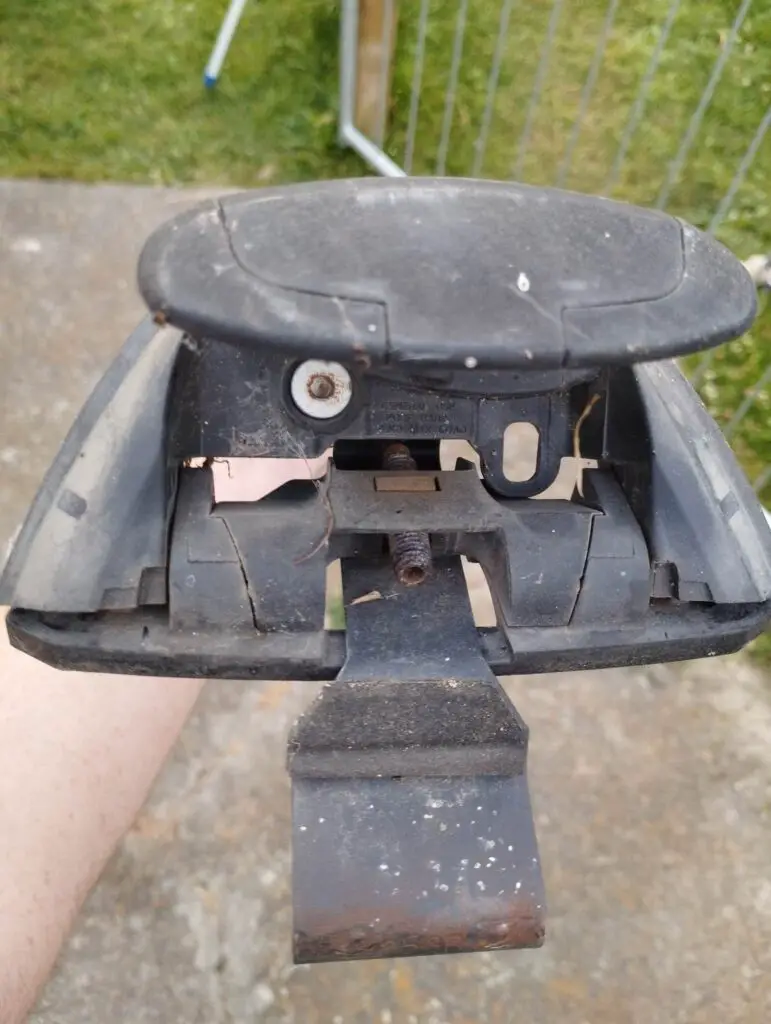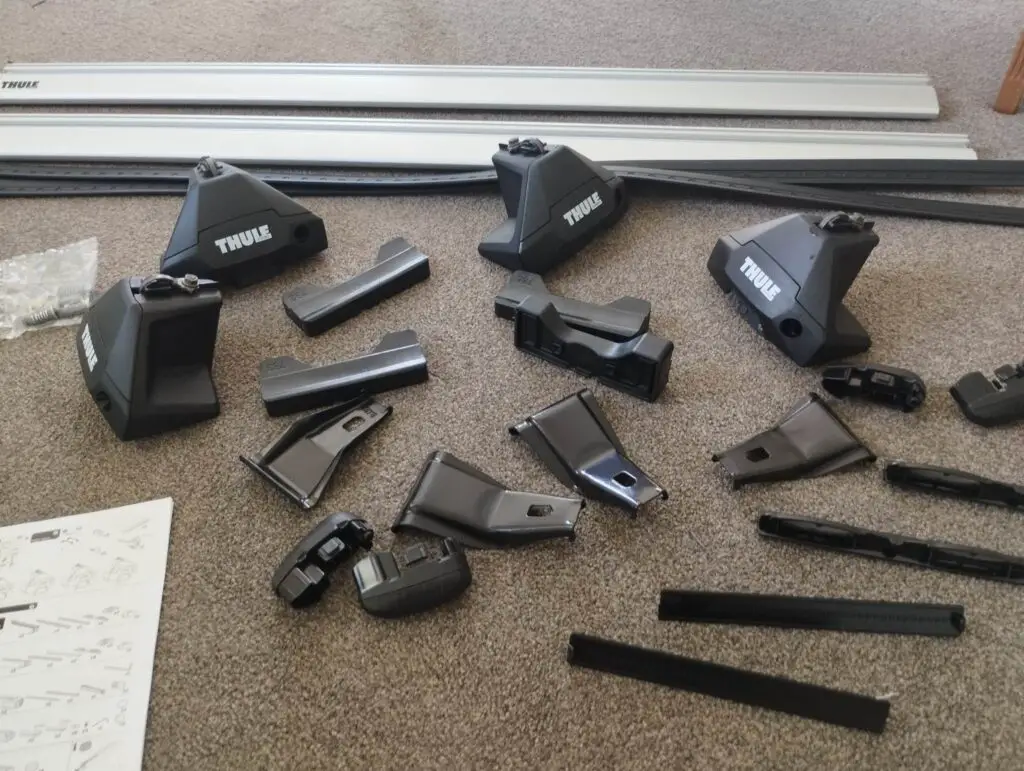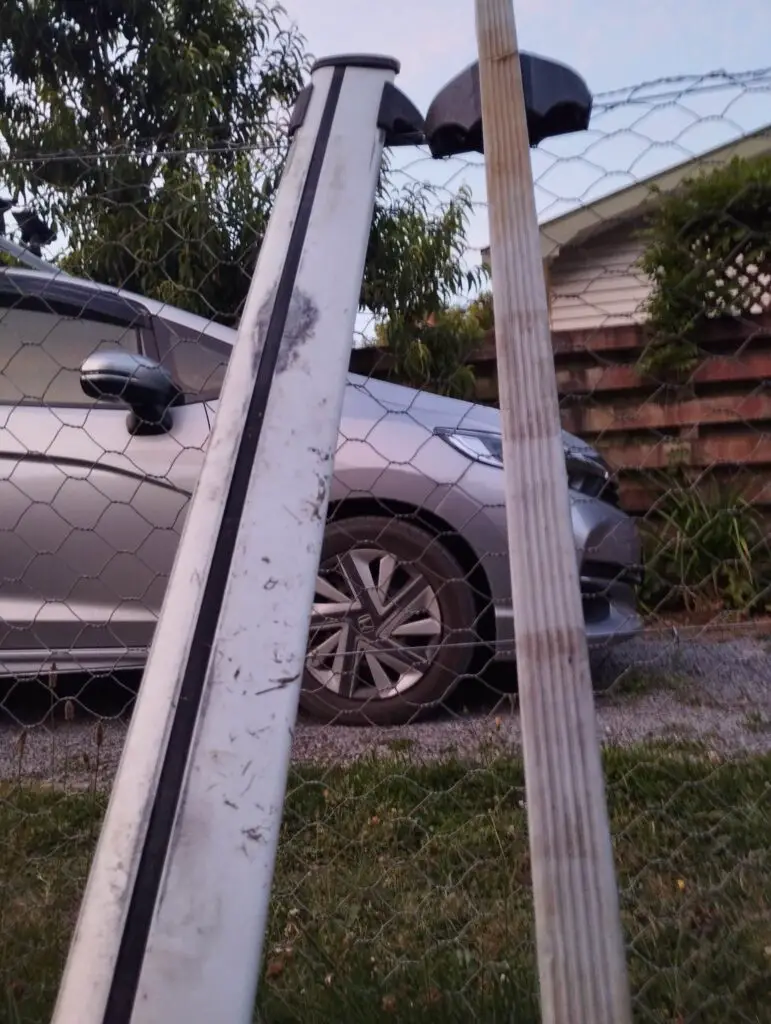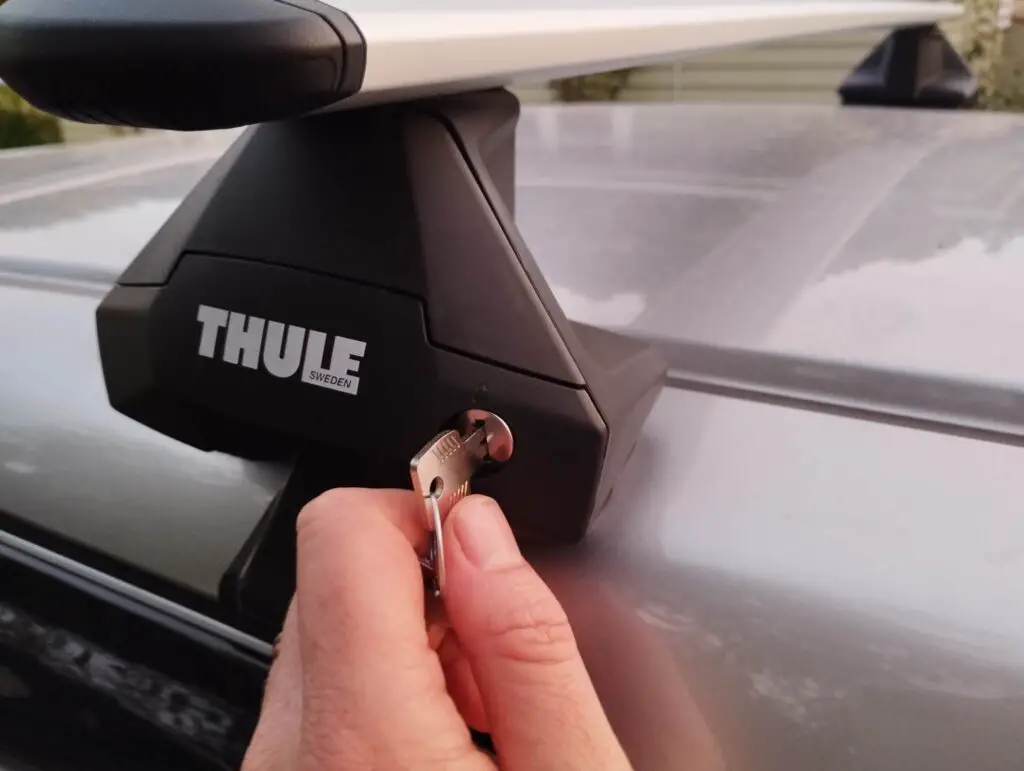Introduction
Trying to decide between getting a Yakima Flush Bar or a Thule Wingbar Evo but just cannot decide, Well hopefully I can help.
I have had decades of experience with roof racks from both brands and have put thousands of miles of abuse on various sets of racks from both brands.
For the most part, I use my roof racks for transporting kayaks and rooftop cargo boxes. I do not have any experience with using them with rooftop tents, but I suppose much of my experiences will be relevant.
Firstly, both companies make great racks and they get the job done just fine. I normally recommend people to buy whatever is the cheapest. These roof racks are typically durable enough to outlive the car.
With that said, while both companies make very structurally sound roof racks. I personally feel Thule Wingbar Evo’s age better, and look good for longer than flushbars. I will explain in more detail why further below.
Yakima Flush Bar vs Whisp bar vs Jetstream?
Yakima makes quite a few different bars. The Flush bar and Whisp bar are very similar. It might even be a rebranding of the same product line.
The Jetstream is a newer bar and one that I do not have a lot of experience with. They have only been on the market for a few years. With that said, the Jetstream appears to be a more durable bar. While stronger, it is not quite as aerodynamic as the older design.
I still will recommend the Thule Wingbar over the Yakima Jetstream.
Are Thule or Yakima Bars more durable?

They are both very strong and well made. The aluminum cross bars can take quite a beating, and the nylon reinforced feet are very durable. I have never seen one break.
To prove my point, I was once in a truck which rolled over and parked upside down. The Yakima Flush Bar cross bars and legs were barely even scratched. There was no distortion or lasting damage. I took them off and installed them onto my next truck. They are tough. I highly doubt the structurally important parts of either brand is going to fail under normal use conditions.
So durability wise how do the two bars differ? The Thule bars are slightly more substantial, and the ‘leg’ section is built sturdier, Thule uses thicker material. While both roof racks are well built, the Thules are ever so slightly better.
If there is one area of weakness with the Yakima bars it is the thin rubber ‘feet’ which goes between the ‘leg’ and the car. This material does not seem to be quite as UV resistant as the rest and after many years, if stored in sunlight it will start to deteriorate. This is not really an issue when on the car because only the outer most edge ever gets some sunlight.
Thule does use similar rubber feet, but they are much thicker. Hence more durable.
I also will note, the metal mechanisms inside either brand can corrode after a while, and the thin face places can eventually distort making them difficult to take on and off. It is not uncommon to see old Yakima racks missing some of their plastic covers.
Thule seems to be less prone to losing covers.
Ease of installation and assembling

If you follow the instructions carefully both roof racks are fairly easy to assemble and install. In most cases no specialist or additional tools are required. In my opinion, this should not be a significant factor when deciding which roof rack to get.
In my experience, the Yakima Bars are the easier of the two to install, this is mostly because the racks arrive mostly assembled. You really only need to attach the car specific fitting kit and it is ready to put on the car.
In comparison, the Thule comes in many parts, which needs to be put together. It is not difficult but takes a while. I also found the instructions to be a bit harder to follow, I had to double check YouTube videos a couple of times to make sure I was assembling it correctly.
I also notice that the Thule provides different adapters for the front and back sets of racks. While I cannot say this is always the case, but Yakima fitting adapters do not differ between the front and back of the car. This means, more attention is required when setting up Thule racks.
Which is easier to attach accessories?
This is one area where I feel Yakima does a better job than Thule.
Firstly, accessories are mounted to both roof racks using the T-mount system which is the industry standard. This means, the same accessories well work on either rack.
While they both use the T-mount, they use different ways to reduce wind use, and that affects how easy accessories are to mount. Yakima, on both the Flush Bars and Jetstream use an oval rubber tube (They call it SmartFill), which is fixed inside the T-mount track. Accessories push down on the tube, allowing them to slide along.
Thule uses a much wider rubber strip, with a split down the middle. Accessories have to be worked down split in the middle of the rubber strip.
Both methods work, but I personally find fitting, and repositioning accessories on the Yakima racks to be easier.
With that out of the way, I well now comment on other brands. Most other brands, including Rhino rack uses a removal rubber strip which needs to be cut, then inserted on both sides of the fitted accessories. This is fine, if the accessory is going to be permanent, but is a complete headache for anyone who frequently changes or moves accessories.
For this reason, if you are going to move accessories fairly frequently, I advise going for a Yakima or Thule roof rack.
Are Thule racks worth their higher price?
Thule roof racks typically cost more than their competition for three main reasons. I will explain why they cost more, and then you can decide if the reasons are important enough.
The first is that Thule is recognized as a leader in roof racks, they have massive market share and the strength of their brand along allows for a premium.
Secondarily, Thule bars are somewhat more substantial. They are beefier, with more material and some of their mechanisms seem more complicated than their rivals. So they likely cost more to manufacturer.
Finally, and to my surprise Thule still manufacturers their racks in Sweden, a rather expensive country. They simply pay higher wages than their competition which manufactures in China
Aero bars vs Square Bars

So is it worth paying extra for Aero bars?
I am a big fan of aero bars, so I do pay extra. The main reason is the ease of connecting accessories via the t-mount system is much more convenient.
They also produce significantly less wind noise, although the moment you throw on additional kit any difference in aerodynamics is quickly lost.
In saying that square bars work just fine, they are strong and are significantly cheaper. They are a viable option when on a tight budget.
They can be a good option for mounting on a trailer.
Security? do people steal roof racks?

Stealing roof racks is quite tricky and I have never heard of any being taken. For this reason, no matter the roofrack brand I consider the locks to be mostly decoration, or an extra secure way to prevent the cover from blowing off when driving down the motorway.
I am no lock experts, but even I can tell the supplied locks are cheaply made and very basic. They can probably be forced open with a screwdriver and will not even slow down a determined thief.
Where are the roof racks made?
I will briefly cover where the major roof rack brands are made. To the best of my knowledge, none of the major manufactures make or assemble their roof racks in America.
Thule is a Swedish company that still makes their Wingbar Evo in Sweden. Even their rubber strip is manufactured there.
Yakima is an American company, that manufacturers their roof racks in China or Taiwan.
Rhino Rack is an Australian company, that manufactures their racks in China.
Cruz is a Spanish company, they manufacturer their racks in Córdoba Spain.
Should I remove roofracks when not needing them?
If you plan to use roofracks with any frequency it is generally best to leave them on the car permanently. While taking them off the car is fairly simple, putting them back on, tightening them down and getting the alignment just right is quite the hassle.
It also adds quite a bit of wear and tear to the internal mechanisms.
Aerodynamic bars, such as the Thule Evo or Yakima Flush Bars really do not add much to driving resistance, and the increase in fuel cost is not really noticeable.
The only situations where I feel it might be worthwhile to remove the racks is when they are only being used once or twice a year.
They can also mess with the sensors when using some elevator parking garages. Just something to keep in mind for anyone who might need to use one.
Finally, most automatic car washes are not compatible with roof racks.
Which roof rack is best for “Naked” Vehicles
Most roof racks work just fine with cars that have a naked roofline. I have tried roof racks designed to fit on naked roofs from all the major brands, and even some lesser known option, and if the instructions are followed correctly I have always been able to achieve a very solid and rigid installation.
This includes ‘generic’ roof racks that are designed to go on a range of different cars. Making sure they are properly fitted is much more important than brand.
With that out of the way, in my experience one brand does make getting a solid grip on a naked roofline easier and faster. That is Thule. This is because Thule uses a very large clamp that is well molded for the sharp of the car. The clamp which Thule uses is about twice the size of the one Yakima typically supplies, and are a bit larger than the ones I have seen from Rhino rack. Thules rubber pads, the ones that goes beneath the ‘feet’ are also more customized compared with the other brands.
Final thoughts?
I need to summarize this post.
No matter which roof rack you choice, chances are they will outlive your vehicle.
Thule racks in my experience are the better made of the two brands, but the difference between them is close. Unless the price is fairly close I normally and will recommend to buy whatever is cheapest.
If the price is comparable, then in most circumstances go for the Thule. Once assembled, they are the better rack. Although, I do prefer the rubber strip on the Yakima.
